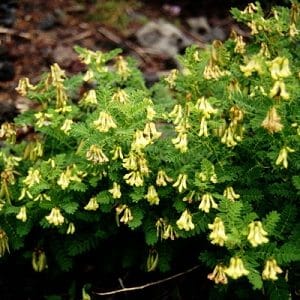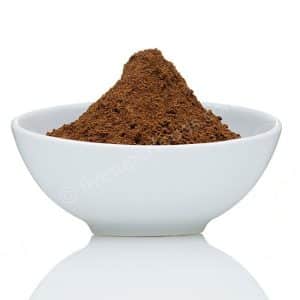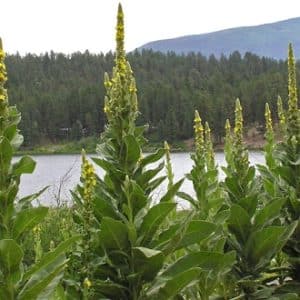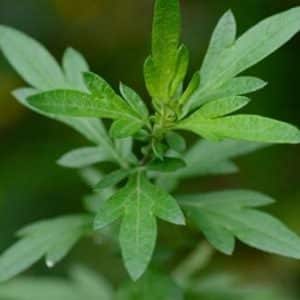Native to Europe and northern Asia, the plant has been naturalized in North America and has spread to northern Africa. The herb is a perennial, growing to about a foot high producing flowering stems with purple scales, yellow-gold flowers, and heart-shaped leaves.
It is a common plant found along roadsides and in open areas, inhabiting damp, clay-rich soil and arable land; but it will grow in an urban environment, as well as in the country. It quickly becomes established in new areas before that of other plants. The flowers are gathered in late winter, while the leaves are picked in summer.
The herb has been used for at least 2,500 years, almost exclusively in the treatment of bronchial and pulmonary disorders, hence its common names.
Native North Americans have used it for thousands of years, placing considerable value on its curative properties in cases of cold, coughs, lung diseases, and skin ailments. The Lummi Indians also used it as an emetic (induces vomiting).
Dioscorides recommended smoking coltsfoot for coughs and asthma.
The botanical name of the plant is Latin for “cough dispeller,” and even now, some herbal cigarettes contain the herb.
The flowers appear in early spring and the leaves only after the flowers have died down; hence, the plant’s old name of filius ante patrem (the son before the father).
Key Actions
Key Components




